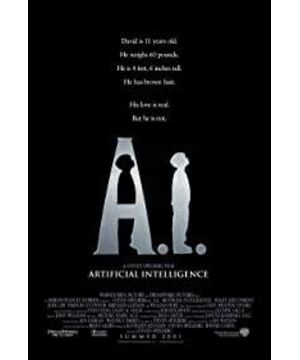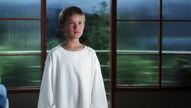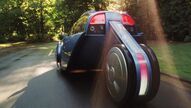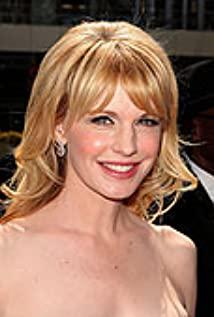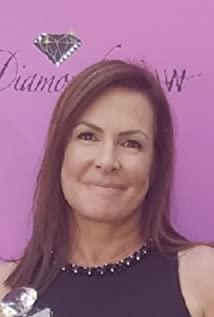In August 2000, filming finally started. Except for a few weeks in Oregon, USA, most of the filming work was done in Warner Studios in California, which took 67 days. Spielberg learned from Kubrick in terms of working methods. He refused to give the full version of the script to each actor, prevented the media from visiting the class, and asked the actors to sign a non-disclosure agreement. In order not to let the audience mistakenly think that this film is a family carnival movie, it also deliberately avoided the release of the hand-held party when it was released.
In order to present the future world in the film's story, Spielberg spent a lot of time with the visual effects directors Dennis Mullen and Scott Faller from Industrial Light and Magic and the art director Rick Carter carefully studying conceptual artists. The plot series completed by Chris Baker in his early years. Based on the existing more than 1,000 drawings, Industrial Light & Magic produced 100 physical models and corresponding computer models, and Chris Baker, who has moved to the United States, went to the Industrial Light & Magic Company in Northern California to assist in the realization of his design. Results. Art director Rick Carter divided the film into three parts. He said: "The plot development of this film is a bit like the evolution of a movie. It kicks off with a family drama and then transforms into a road movie that presents real and digital images. Finally entered a completely different digital world."
While designing and building the set, the main creators faced the most severe challenge in the entire film, which was the teddy bear who accompanied the robot boy David on an adventure. As the main character in the film, the teddy bear is a complex collection of models and digital technology. Its appearance means that the structure and light of the film's scenery must be able to accommodate and hide the technicians who operate the model. When the teddy bear wants to make a run or When jumping and other actions that the model cannot complete, Industrial Light & Magic will step in and seamlessly integrate computer screens and real shots. The teddy bear is small but well-equipped. The bear used for close-up shots is equipped with 50 servo motors, of which 24 are on the head. Special effects technicians can use this to control complex facial movements. Stan Winston Studio has produced six versions of teddy bears with different functions. Some are suitable for actors to carry, some can perform stunt actions, and some show a single expression such as a smile or frown. For Haley Joe Osment, the little actor who plays David, it’s not easy to run around with a teddy bear, because the seemingly lightweight bear weighs 30 pounds. He said: “It’s really A super toy, because under the action of various motors in the body, it can not only swing the body, nose and ears, but also grasp objects. I really almost believed it."
The biggest challenge facing art director Rick Carter and his art department in the film is to design and build the colorful Rouge City. Some of the buildings in the city are built to scale, and the rest are virtual. Produced and filmed in a blue screen studio. Carter recalled: “We wanted to spend $1 million to build a physical set in a larger studio, but there is no doubt that Industrial Light and Magic can use this money to create a more spectacular digital city. They decided to use a breakthrough Technical means construct a virtual digital space in the blue screen studio." Under the careful design of the special effects department, hundreds of sensing points on the ceiling of the studio correspond to different environmental programs. The corresponding virtual digital environment is presented in 360 degrees.


